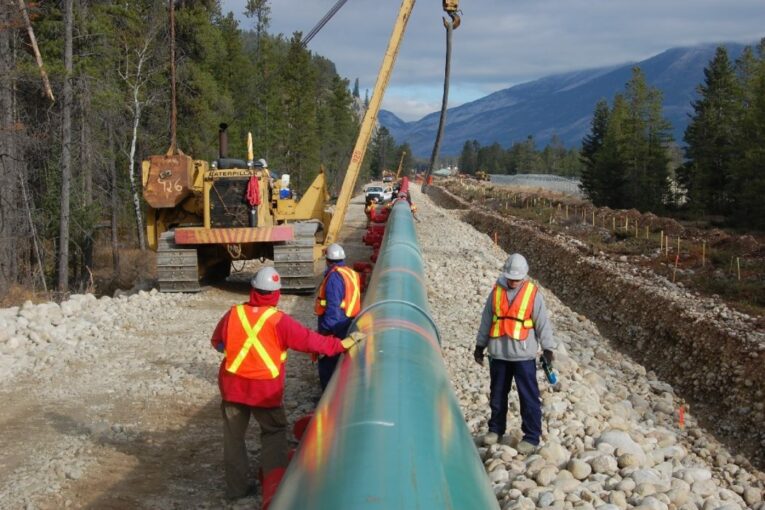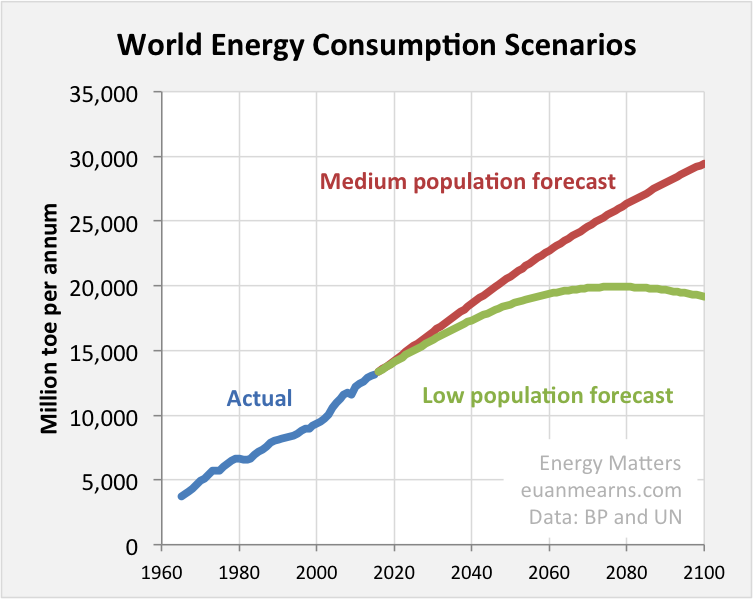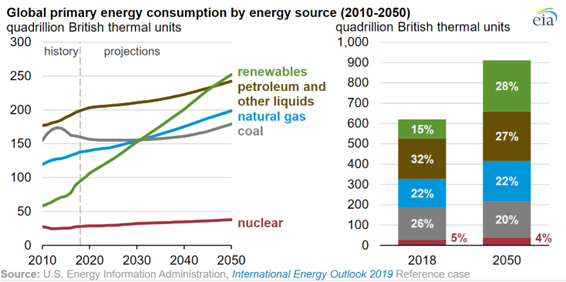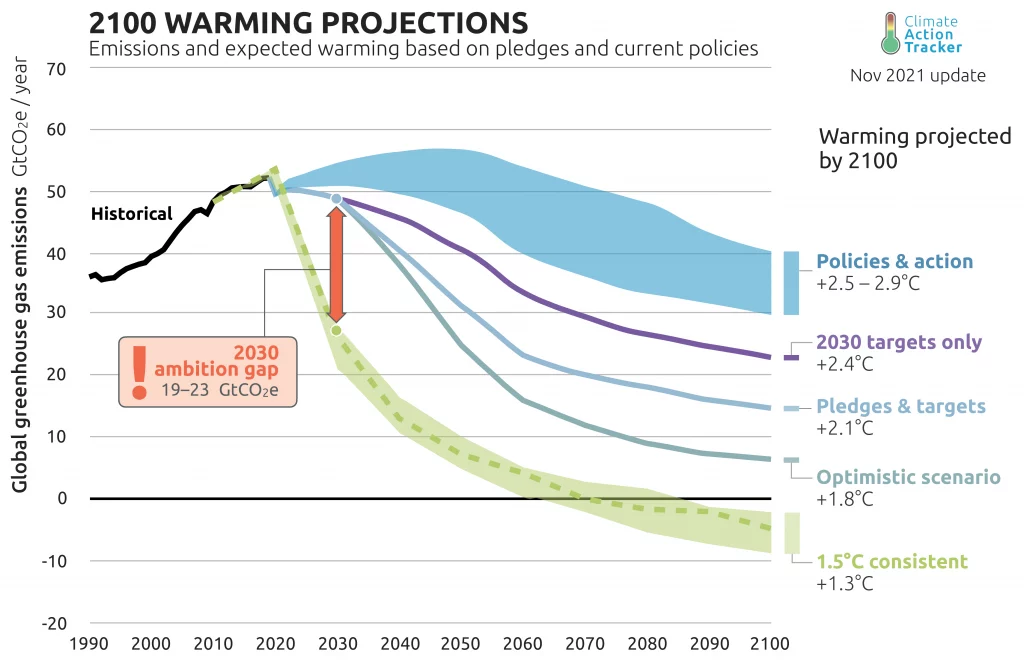
The war in Ukraine has exposed the complexity of the world’s energy interconnections. As global energy demand increases and new renewable energy development is not keeping pace, more natural gas is needed. Those pushing to reduce greenhouse gas (GHG) emissions faster ignore this reality. Concurrently, dictators and autocrats are moving to solidify their power, sometimes using energy as a weapon. Amid this turmoil, Canada remains reluctant to fulfill its unique position to help the globe’s looming energy insecurities through more natural gas production.
Solemn pronouncements shouldn’t mislead Canadians that the use of natural gas is almost at an end. We’ve heard a lot of emphatic assertions from extreme environmentalists that the end of natural gas as a fuel is close at hand. Some less strident environmentalists will reluctantly admit that natural gas will continue in a limited role as a bridge fuel as the world races toward using renewable energy exclusively and achieves net-zero. These assertions are magical forecasts and akin to believing in fairy dust.
The future of natural gas is upbeat
The reasons that the future of natural gas is upbeat, in addition to future demand, include:
- GHG emissions would quickly be reduced by half if we replaced coal consumption with natural gas, a significant fulfillment of many countries’ commitments in Glasgow, Scotland, at COP26.
- The world contains significant natural gas reserves.
- Many countries operate a considerable infrastructure to produce, process, distribute and consume natural gas.
- More and more countries are building either LNG export or import terminals.
To respond to these positive trends, natural gas-producing countries are increasing investment in natural gas production. Why not Canada?
Canadians have neglected to showcase how their natural gas technology is mature, low risk, and a world leader in environmental best practices. Our timidity and defensiveness about fossil fuels mean we now lag behind other energy producers in shipping natural gas where it’s needed. Currently, Canada ranks fifth in natural gas production.
World energy consumption is increasing
Significant population increases will continue in the third world. As this population moves out of poverty, total and per capita, energy consumption will increase significantly, as illustrated by this chart. Source: Global Energy Forecast to 2100.
 Per capita consumption of energy in the first world is not decreasing much. These citizens keep buying bigger houses and vehicles with excessive horsepower and not driving less.
Per capita consumption of energy in the first world is not decreasing much. These citizens keep buying bigger houses and vehicles with excessive horsepower and not driving less.
The population increase plus global warming will increase energy consumption for all sectors of the economy and all uses.
Natural gas will play a significant role in meeting global energy demand.
Renewable energy generation development is not keeping pace
As illustrated below, the dramatic increase in new renewable energy generation development is not keeping pace with increasing energy demand. This trend will disappoint many countries that are banking on renewable energy generation to meet their climate change commitments[1]. As a result, the need for other energy sources, including natural gas, will continue to grow.
 Source: EIA projects a nearly 50% increase in world energy usage by 2050, led by growth in Asia
Source: EIA projects a nearly 50% increase in world energy usage by 2050, led by growth in Asia
Sadly, this forecast shows no reduction in coal consumption. Coal produces about double the amount of GHG emissions compared to natural gas. If countries, particularly India and China, can reduce their coal consumption, that will increase the demand for natural gas even more than forecasted on this chart. That relationship exists because the cheapest way to avoid stranded coal-fired electricity generation assets is to change the fuel to natural gas.
Where will the energy come from?
Given the world energy consumption forecast plus the reality that renewable energy generation development is not keeping pace, every possible energy source, including natural gas, will be harnessed to meet demand. Not meeting demand leads to intolerable consequences, including:
- Electricity outages affecting homes and businesses.
- Reduced industrial production.
- Transportation system disruptions.
- Social and political upheaval.
The chart below illustrates that natural gas will be a significant part of the solution because natural gas capacity can be added with lower capital and shorter elapsed times than nuclear and hydro. Source: The changing global energy mix: IEA 2020
 The Russian invasion of Ukraine will continue to influence this forecast. As European countries work to reduce their dependence on Russian natural gas, Russia will sell more natural gas to other countries, particularly China, in future years. These additional natural gas supplies may enable China to accelerate its commitment to reduce coal-fired electricity generation.
The Russian invasion of Ukraine will continue to influence this forecast. As European countries work to reduce their dependence on Russian natural gas, Russia will sell more natural gas to other countries, particularly China, in future years. These additional natural gas supplies may enable China to accelerate its commitment to reduce coal-fired electricity generation.
This scenario is yet another example of how the future of natural gas is upbeat.
The push to reduce GHG emissions is intensifying
The commitments many countries made to reduce GHG emissions at COP26 in Glasgow, Scotland, are not sufficient to achieve the net-zero goal required to keep the global mean temperature rise below 2 degrees Celsius.
The chart below illustrates the forecasted ambition gap at various times in the future. The closest gap in 2030 is likely the most accurate. Source: Climate Action Tracker Global update – Glasgow’s 2030 credibility gap: net zero’s lip service to climate action
 Countries that are most determined to reduce their ambition gap, including Canada, will find themselves looking for a quick fix. The quick fixes will include:
Countries that are most determined to reduce their ambition gap, including Canada, will find themselves looking for a quick fix. The quick fixes will include:
- More natural gas electricity generation.
- Energy conservation and efficiency initiatives.
The future of natural gas can guarantee energy security amid the many changes in energy production and consumption being undertaken to address climate change. Canada is in a unique position to secure that global energy future. As a responsible citizen and world leader in environmental technologies, Canada can stop playing timid and step into that role.
[1] Unfortunately, these countries are making little effort to include energy conservation and efficiency in their plans to address climate change.
You can read more of the news on source



